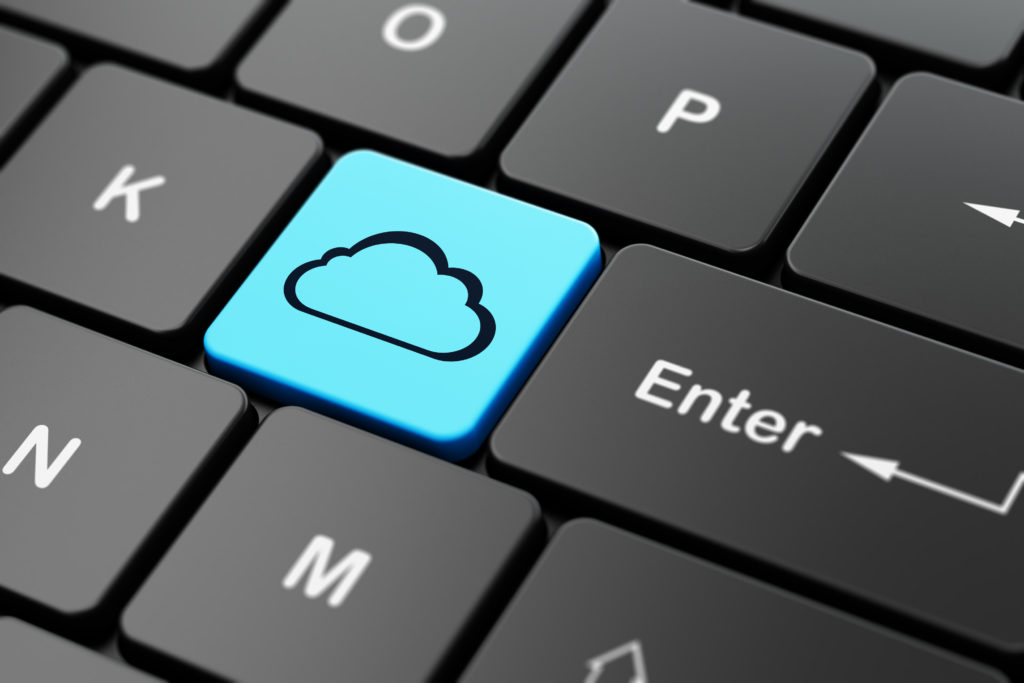M+E Connections

M&E Journal: This is Your Cloud Without Barriers
Story Highlights
Modern media workflows are all about flexibility, scalability, and the ability to collaborate over distance. Does that description fit the media landscape of 10 years ago? Five? If there’s one thing we know for sure it’s that the foundations of our industry are shifting, and fast.
Getting caught flat footed in a changing environment can have disastrous consequences. No one wants to be the Blockbuster of their day.
One way to stay nimble is to remove barriers. Do you know why the 400m dash is faster than the 400m hurdles? No barriers.
Barriers tend to be broken down into two main groups: people driven barriers and technology barriers. If you think about things like communication, leadership, collaboration and process, you start to get an idea as to the soft skill side of the challenges that come with streamlining modern media workflows to optimize output and reduce cost.
For example, if there is poor communication which can cause misalignment of expectations, then you get a team that doesn’t function optimally. The dysfunction that results can create a frustratingly inefficient work environment that leaves deadlines missed and deliverables incomplete.
Similarly, a lack of solid leadership to provide a vision for the roadmap of success can also lead to barriers, preventing organizations from staying competitive and realizing their full potential.
 Without the proper leadership to measure and course-correct as needed, teams can struggle with execution of said roadmap and fail to implement their strategy quickly and efficiently.
Without the proper leadership to measure and course-correct as needed, teams can struggle with execution of said roadmap and fail to implement their strategy quickly and efficiently.
You can’t have creative collaboration without visionary leadership and effective communication. Seldom are product launches done in a silo or from a single person. It takes a village as they say, so not having these skills will become a significant barrier to successfully implementing modern media workflows.
Technology is another major piece of the barrier equation that must be worked out so that teams with strong communication, leadership and collaboration skills can also have the tools they need to be successful. In today’s fast-paced environment, you can’t wait for servers, compute power or bandwidth to be allocated based on older, on-premise datacenter paradigms.
Having the type and amount of compute power, coupled with things like AI and machine learning, can encourage faster failures to lead to successful innovations. Whether you’re talking about pre-production, post-production, transcoding or rendering, having a solid technology stack that is available on-demand (i.e., in the cloud) is critical to being able to digitally transform.
If you remove barriers to access and visibility, every- one who needs a piece of content can summon it at a moment’s notice, from anywhere in the world.
Editors seeking a particular piece of B-roll can find it with a simple search powered by AI.
Producers see the most up-to-date version of their projects as soon as changes are made.
A centralized, cloud-based lake of data accessible to an entire organization does away with the hurdles of how we used to do things: navigating email chains, WeTransfer links, zipping and unzipping files, and the endless searching, searching, searching for what we need at the moment it’s needed.
Imagine a world where applications work together seamlessly.
Editing software is integrated with your storage, giving directors a bottomless pool of clips, which can be instantly added to your timeline. Content distribution is linked with your central content repository, making it easy for your audience to consume your entire library.
Removing these barriers to interoperability makes for a greater ecosystem for users to create the way they want, and for new avenues of monetization to arise.
Another important consideration in today’s world is data integrity and security given the multitude of ransomware attacks that occur throughout the world in every industry.
 Imagine spending millions of dollars and years of work to create content, and then one day having it stolen and held for ransom simply because the right technologies were not in place to mitigate the risk in the first place.
Imagine spending millions of dollars and years of work to create content, and then one day having it stolen and held for ransom simply because the right technologies were not in place to mitigate the risk in the first place.
Even if you pay the ransom, there is a very slim chance you will actually get your data back intact.
It’s a world where protecting your content is as intuitive as knowing when to cut, where features like immutability and object locking come standard to keep your content safe from the hands of time and out of reach of hackers and bad actors who might wish it harm.
The biggest players in media have made it clear that the old way of doing things is behind us. Apple, Viacom, and NBCUniversal have all launched streaming services within the last two years in attempts to reach audiences in their homes and on their phones.
WarnerMedia’s paradigm-shifting day-and-date rollout strategy for their tentpole releases sent a clear message that the way of the future will be digital and direct-to-consumer.
You may not be Disney or Netflix, but you can take a cue from the most profitable names in entertainment all the same: the times they are a-changin’
** By Whit Jackson, VP, Technology Alliances, M&E, Wasabi Technologies **
=============================================
Click here to download the complete .PDF version of this article
Click here to download the entire Winter 2021 M&E Journal









